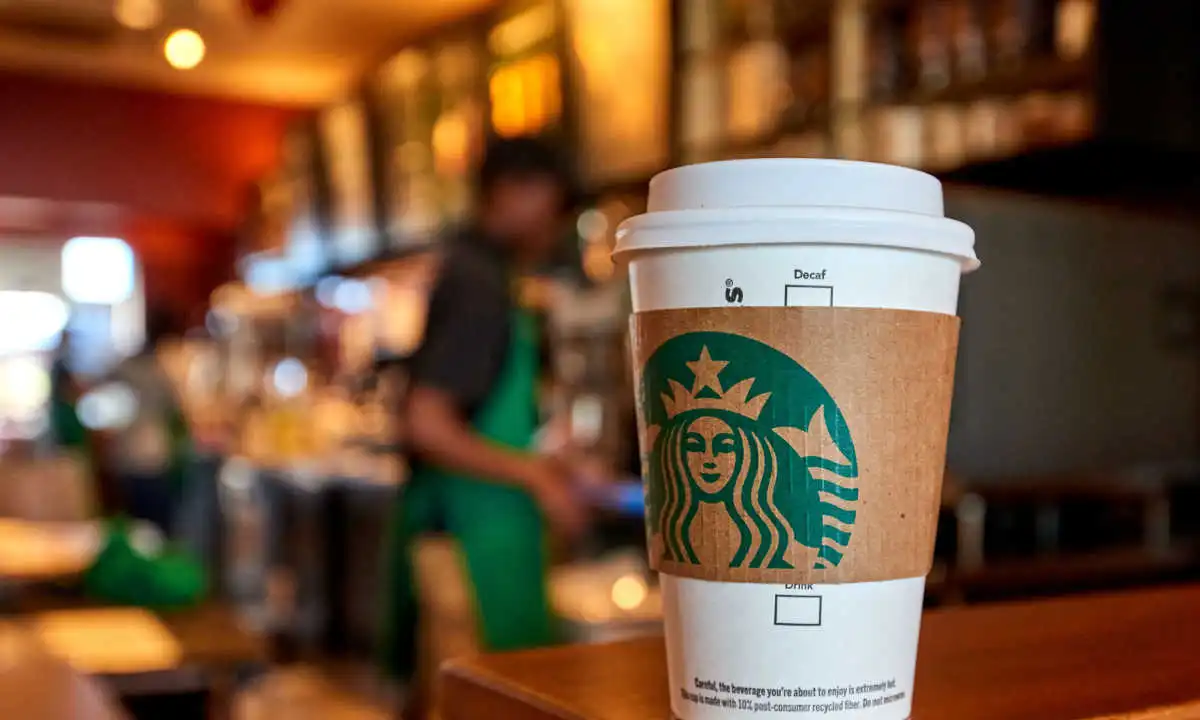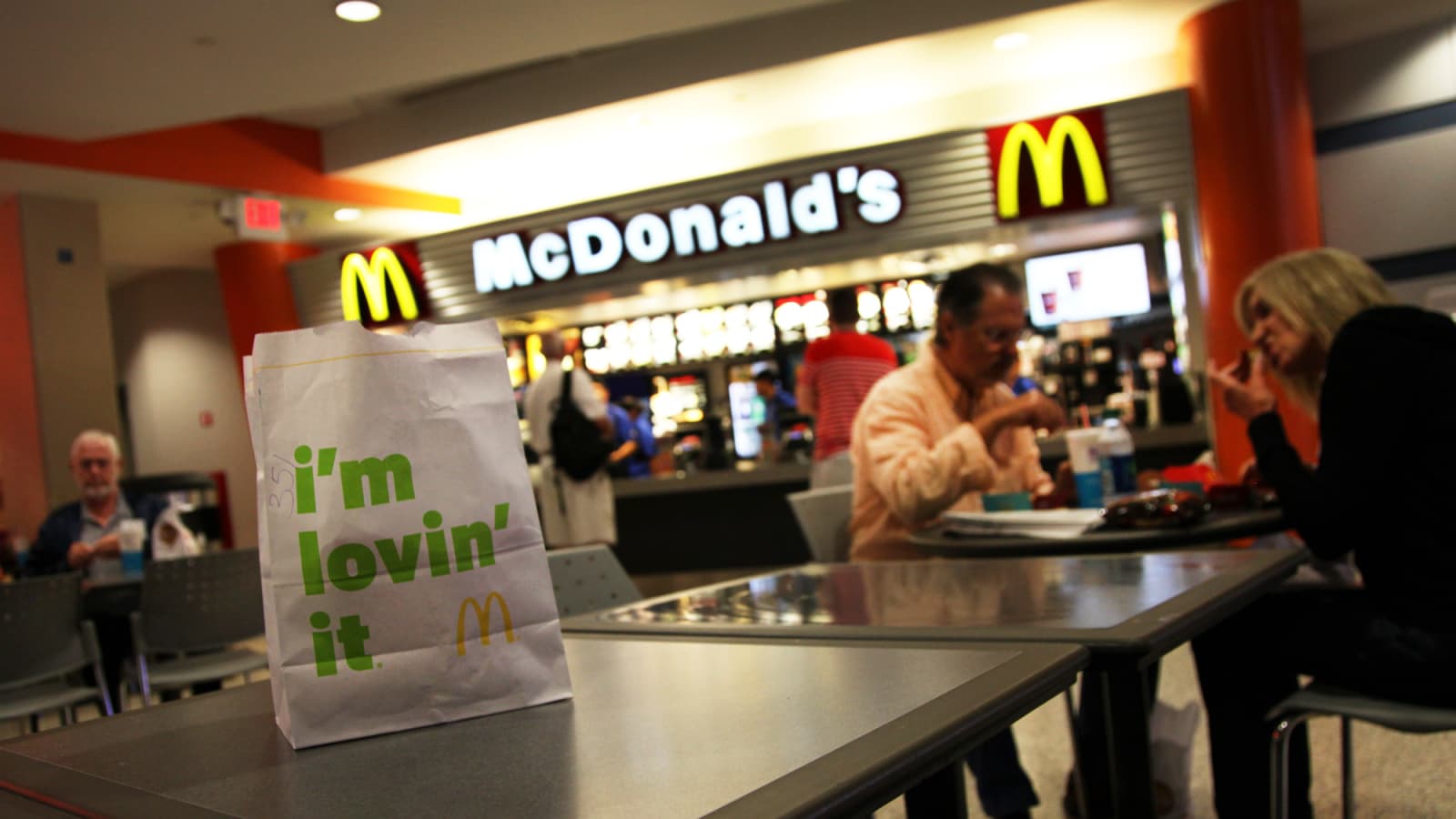In the bustling heart of Manhattan, the hum of activity at a local Starbucks paints a vivid picture of the changing dynamics in America’s Restaurant dining habits. As inflation continues to tighten its grip, eating out has transformed from a routine pleasure to a calculated luxury for many. Restaurants, from fast-food giants to upscale diners, are now in an intense battle to attract the frugal consumer’s dollar.

Starbucks Feels the Pinch: A Shift in Consumer Spending at Restaurants
Recently, Starbucks disclosed a noticeable 3% decline in same-store sales during its latest quarter, a stark contrast to a 12% increase the previous year. This downturn marks the coffee chain’s first sales drop since 2020, with a significant 11% slump in China, its second-largest market.
Amid this backdrop, Starbucks CEO Laxman Narasimhan noted on an earnings call, “Many customers have been more exacting about where and how they choose to spend their money, particularly with [pandemic] stimulus savings mostly spent.”

This shift is reflective of a broader trend where consumers are pulling back on spending, influenced by high-interest rates, persistent inflation, and the depletion of pandemic-era savings amid a murky economic forecast.
Innovations and Adaptations: The Fight for Customer Loyalty
In response to these challenging conditions, Starbucks is not sitting back. The company is actively innovating, introducing sugar-free drink options, a new low-calorie energy beverage, and significant upgrades to its mobile app.
These initiatives aim to not only attract new customers but also convert occasional visitors into regulars, hoping to boost frequency and ticket sizes. The transition in consumer preferences is also visible in grocery bills and dining choices.
The March Consumer Price Index report showed that while the prices for food consumed at home remained stable, costs for dining out increased by 0.3% from the previous month. This price disparity is nudging more Americans towards preparing meals at home to stretch their budgets further.
4 Frugal Dining Spots Most People Never Consider – But Really Should! https://t.co/Va7fsF82Ng pic.twitter.com/AdWxYSoUld
— Finance Your Feed (@FinanceYourFeed) February 21, 2022
Fast Food’s Fading Halo: McDonald’s and the Cost-Conscious Consumer
McDonald’s, a barometer for the fast-food industry, reported a modest 1.9% growth in global same-store sales in the first quarter, a sharp fall from 12.6% growth the year before.
The company’s global chief financial officer, Ian Borden, remarked during an analyst call, “Everybody’s fighting for fewer consumers or consumers that are certainly visiting less frequently, and we’ve got to make sure we’ve got that street fighting mentality to win regardless of the context around us.”
This sentiment is echoed across the dining sector, with lower-income customers tightening their budgets even further. Olive Garden’s parent company, Darden Restaurants, observed a decline in sales from households earning below $75,000, with a steeper drop among those making less than $50,000.
The Silver Lining: High-Income Households Sustain the Market
Despite the downturn among lower-income groups, higher-income customers are continuing to spend, providing a lifeline for the economy. Darden reported an increase in sales from households earning above $150,000, showcasing a diverging trend based on economic demographics.

Looking Forward: The Ongoing Struggle for Consumer Dollars
As restaurants strategize to capture every possible dollar in a tightening economic environment, the landscape of dining and consumer spending is set to evolve continuously. With high stakes and fierce competition, the industry’s ability to adapt and innovate will likely dictate who thrives and who falters in this dynamic market.
The American restaurant dining scene is at a crossroads, with economic pressures reshaping how and where consumers decide to spend their dining dollars. As this battle unfolds, the resilience and creativity of restaurants will be crucial in determining the future landscape of dining out in America.


